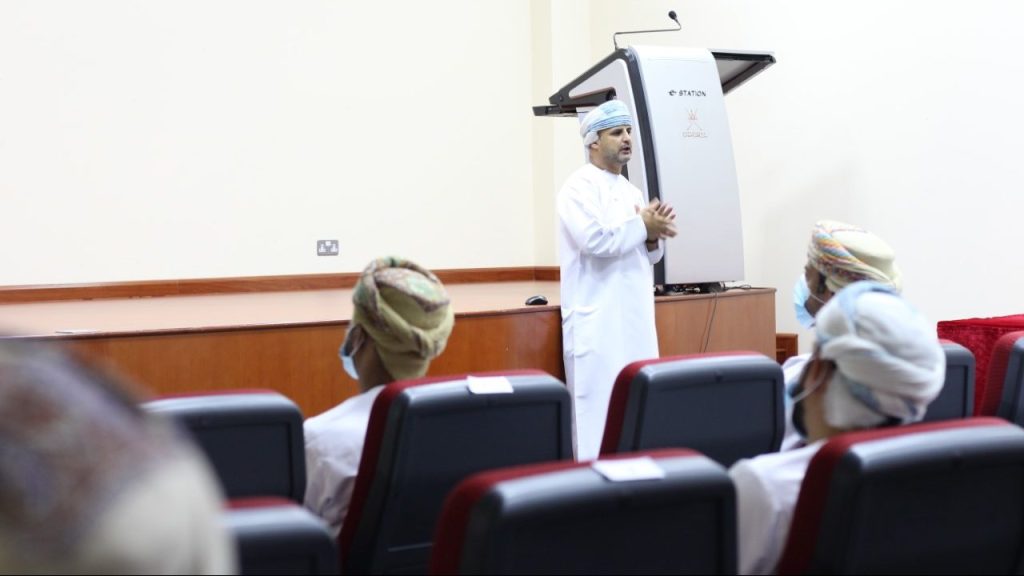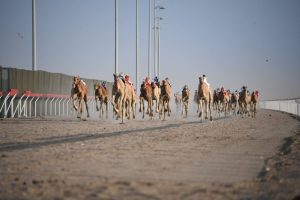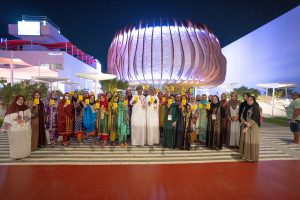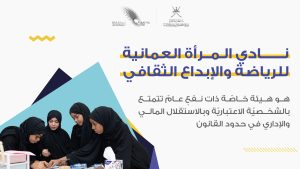The General Directorate of Sports Activities of the Ministry of Culture, Sports and Youth organized a lecture “Management of Sports Facilities” presented by Saud bin Badr Ambosaidi, Director of the Sultan Qaboos Sports Complex Department. Therefore, many topics were discussed in this lecture, including an introduction to facilities management, defining and classifying sports facilities. In addition, the principles of managing the sports facilities, as well as the mechanisms for operating and managing sports facilities in Oman.
.
Ambusaidi mentioned that since 1896 there has been an increased interest in sports facilities, especially in Europe, which is hosted to most of the modern Olympic Games. In addition, the international facilities management organizations such as the International Association for Facilities Management, founded in 1980.
Furthermore, the European Network for Facilities Management was founded in 1993, the British Institute for Facilities Management, which was also founded in 1993. Moreover, the Australian Facilities Management Association, which was founded in 1988. Saud Ambo Saidi also touched on the definition of sports facilities management. In terms of sports buildings, this can include maintenance and upkeep of sports facilities, heating, ventilation, air conditioning, electrical, sound, and lighting systems, cleaning, security and general operations through integration of personnel, location, operations, technology, and available financial resources. According to the establishments are classified by ownership into four different types of facilities which are managed by government authorities which appoint an official, which provides high-quality facilities to the beneficiaries based on their needs, and private establishments that operate as a profit or nonprofit corporation.
According to ownership, the establishments are categorized into four types: Firstly, general and operated by a government agency, are managed through government authorities, private and independent companies that offer high-quality services to the beneficiaries based on their needs, respectively. Secondly, an independent for-profit or non-profit corporation falls under the support of organizations or individuals. The Third type is voluntary and not-for-profit. a non-profit work by sport works organization based in the community and individuals in the society that is highly dependent on government support, gifts, and donations. The fourth is a facility that owns specialized or public for-profit and non-profit facilities that are managed by local authorities that benefit local communities.
.
Ambusaidi also discussed the principles of managing a sports facility, which is summarized in two aspects, the experience and related to the location, access, reservations, working hours, programs and activities, security, products and application fees, as well as quality, safety and sustainability, summarized in the maintenance plan, and safety standards.
.
Saud bin Badr Ambusaidi explained that managing sports facilities is not an easy task, especially when it comes to facilities that see a large number of beneficiaries, as well as government facilities that have lots of maintenance requirements. He added that the management of a sports facility must have two sections, one for operation and one for maintenance. Operating departments take care of many tasks most important of them reservations of facilities, memberships, associations, activating facilities, and proposing specific improvements. On the other hand, maintenance departments take care of general maintenance of facilities, repair, and development according to observations, and the preparation of facilities according to needs.










